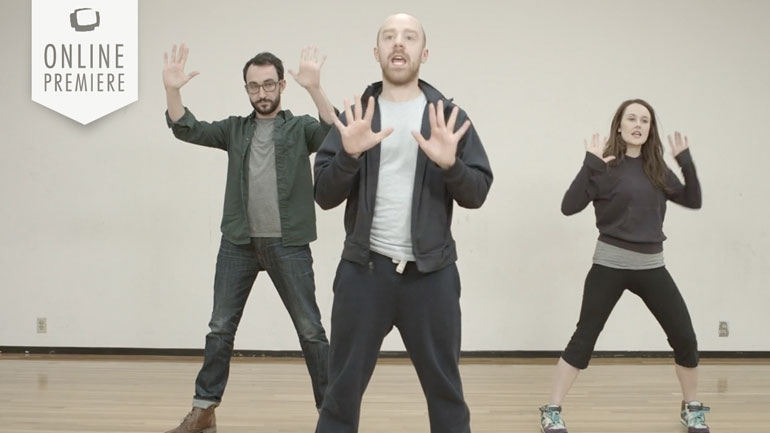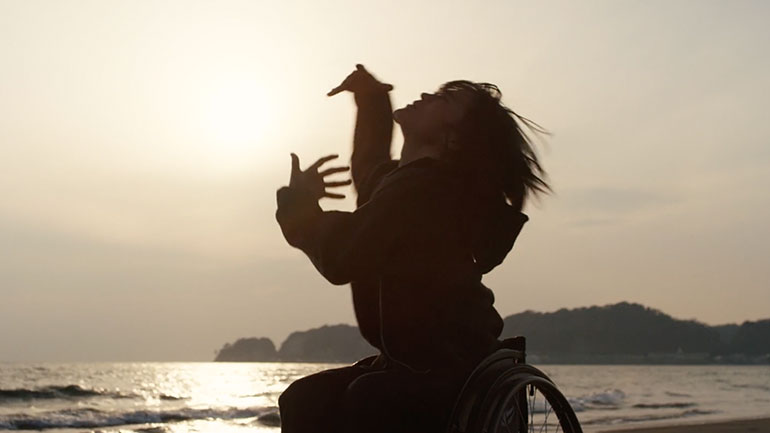Montreal, 1954. An exiled author is thrown into a dance with his inner demons. Shaken by the unwavering tides of his life, a gentle touch comes to mind.
Director’s Vision
“Autonome” tells the tale of a self-exiled artist who’s crumbling under the weight of solitude. Set in 1954, we follow a man who abandoned everything in favor of pursuing his artistic dreams in “the big city” of Montreal. Far from the warm embrace of his loved ones at a time when communication was burdensome and with the advent of the seasonal winds of depression, the walls of isolation begin to close in on him and scrape at his soul.
Although isolation, depression and loneliness have become all-too familiar feelings due COVID-19 and the misery left in its wake, “Autonome” was conceived a year prior to our current predicament. The thought that this story of self-doubt, lost love and broken dreams rings so true today is both coincidental and a testament to the universality of its themes.
As a filmmaker, my yearning to create immersive narrative experiences perfectly complemented Mada Mada’s vision, who himself is a film composer. From our very first meeting, we knew what we were about to do: a short film wrapped within a music video.
“Autonome” opens with a contemporary dance void of any musical attributes. The dance represents the character’s frustrations, loss of control, anxiety and the suffocating nostalgia once solitude turns into illness. By hearing the skin tearing, the breathing cracking, the feet stomping and the character’s held-back screams, we show his body broken in lieu of his broken psyche. This is a physical piece; one where every movement is a memory, a mistake, a regret or even a tragedy. Complementing the body’s expressionist poetry, the thunderous storm that materializes inside the artist’s space suggests the severity of Seasonal Affective Disorder on a mind adrift; itself represented by a gradual deterioration of the ship in a bottle.
Cinematography maestro Graham GS and I opted to maintain a grounded camera language throughout for a more intimate presentation of the artist. It’s only once his body begins to speak that the camera finds its freedom on steadicam, a technique that further connects us to the character as he wrestles with his inner demons.




